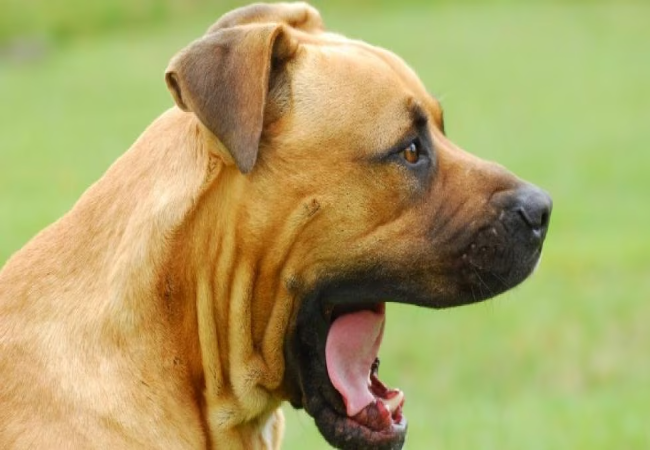Veterinary Guide to Upper & Lower Jaw Fractures in Dogs (2025)🐶

In this article
Veterinary Guide to Upper & Lower Jaw Fractures in Dogs (2025)🐶
By Dr. Duncan Houston BVSc
🔍 What Are Jaw Fractures?
Jaw fractures (maxilla or mandible) typically result from trauma, such as vehicle accidents, fights, or pathological fractures from advanced dental disease. Symptoms include facial swelling, drooling, inability to eat, bleeding, and pain in mouth or jaw region. 🩺
🚨 Initial Assessment & Stabilization
- First, stabilize the dog—provide IV fluids, pain relief, and treat life-threatening injuries.
- Apply a tape muzzle if bone fragments are mobile—to immobilize jaw pending diagnostics.
- Once stable, perform X-rays or CT scans under sedation/anesthesia to identify fracture type and associated injuries.
🛠 Types of Fixation & Repair
- Conservative: Tape muzzles for minimally displaced fractures, often with liquid or soft diets.
- Acrylic splints with dental composite: Non-invasive oral technique using interdental wiring and acrylic across fracture lines.
- Wire fixations: Intraosseous or interdental wiring using wire loops, cerclage techniques or tension-band principles to realign and compress bone.
- Plate & screw or external fixators: Used for complex, comminuted, or ramus fractures—offering rigid stability.
📈 Postoperative Care & Feeding
- Provide soft or liquid diets for 4–12 weeks; feeding tubes may be used if needed.
- Administer pain relief (NSAIDs), antibiotics for open wounds, and monitor for infection.
- Maintain oral hygiene—regular flushing to combat debris buildup around splints or wires.
- Restrict activity—avoid chewing, playing, jumping to allow healing.
📊 Prognosis & Complications
- Generally good to excellent with proper stabilization and care; maxillary fractures often heal more reliably.
- Mandibular fractures: success depends on occlusion, bone involvement, and presence of complicating factors like infection or malalignment.
- Complications: malocclusion, non-union, infection, wire loosening—may require revision or corrective surgery.
🛡 Prevention & Home Care Tips
- Prevent trauma—keep dogs leashed, supervise interactions, limit access to high-traffic roads.
- Manage dental health—regular cleanings reduce risk of pathological fractures.
- Avoid hard chews or toys; adjust diet texture to reduce stress on jaw during healing.
🔧 Owner Tools & Support Services
- Ask A Vet App: Immediate 24/7 guidance on triage, stabilization, feeding tube use, and follow-up care 📱
✅ Final Thoughts
Upper and lower jaw fractures in dogs, though alarming and painful, can be effectively treated with timely stabilization, appropriate fixation, and diligent aftercare. With proper veterinary intervention and supportive care—including jaw rest, soft diets, and monitoring—most dogs recover well. The Ask A Vet app supports diagnosis, treatment, and post‑op care into 2025 and beyond. 🐾❤️
Download the Ask A Vet app today for expert guidance on jaw stabilization, feeding strategies, surgical decisions, and recovery tracking. 📱💡






